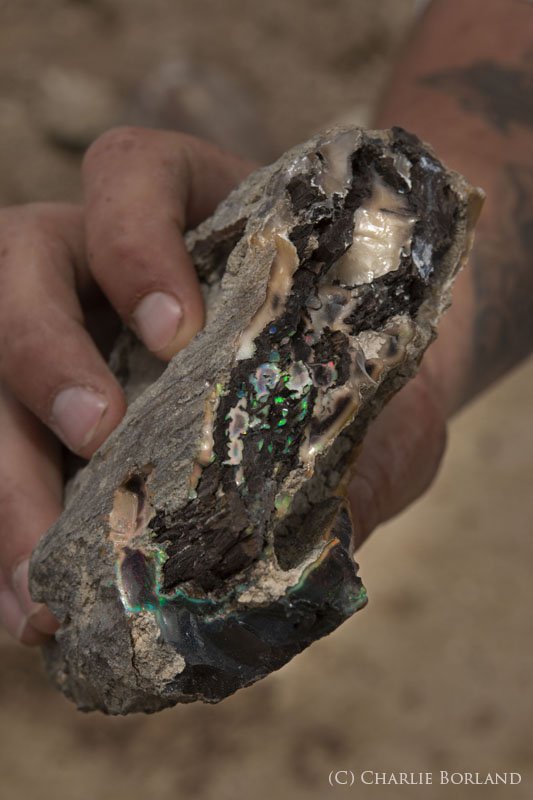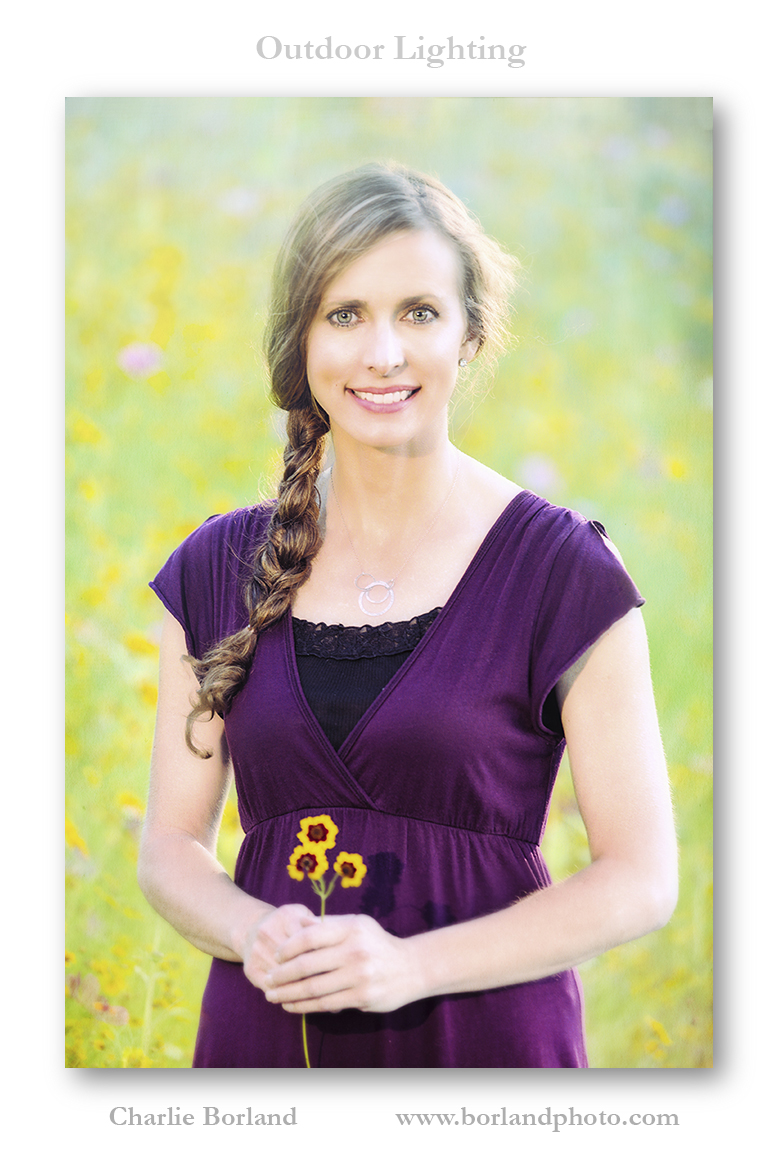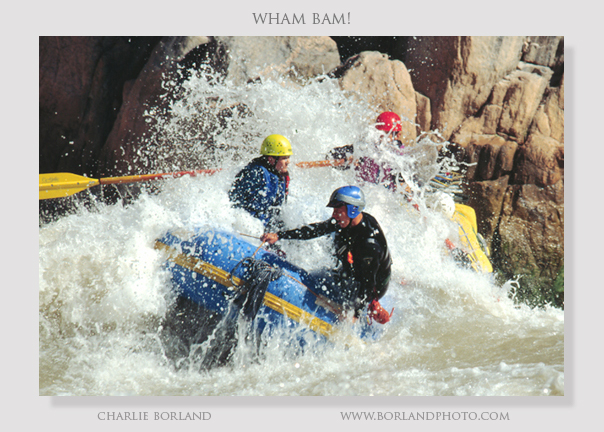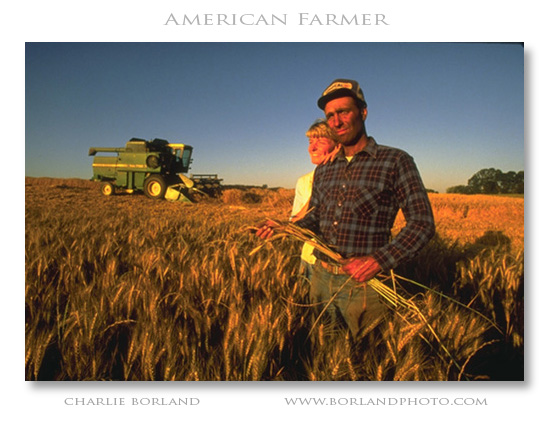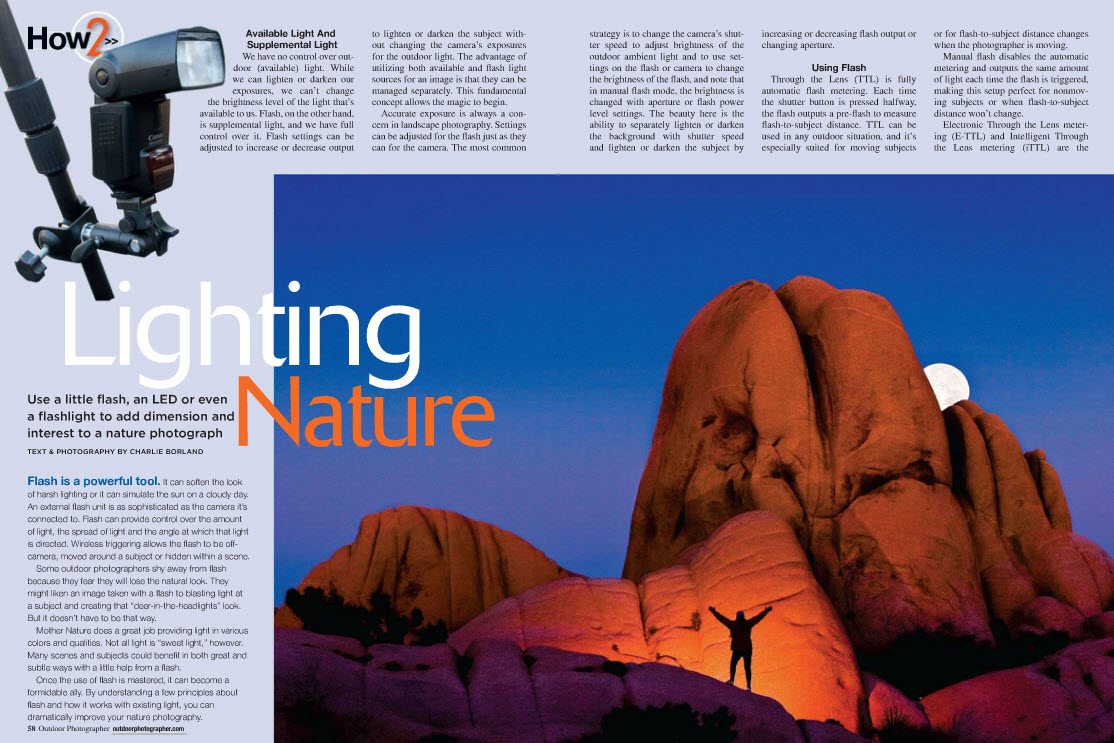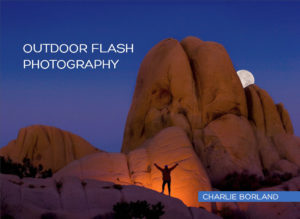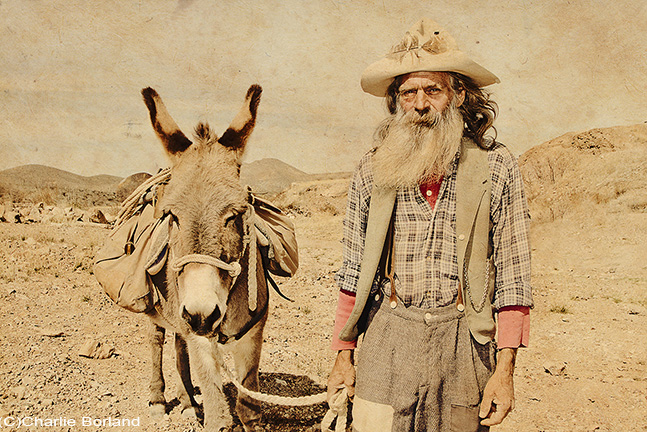Dramatically improve your flower photography by adding light from a wireless flash. If you photograph flowers, you can make them stand out by adding light from a wireless flash.
While it is not difficult to photograph flowers, like all outdoor nature photography, we are at the mercy of Mother Nature and that means we don’t always get the light we want. You can solve this problem by using a wireless off-camera flash. It can in many cases dramatically improve your photography.
When I know I am photographing wildflowers I will take my Canon 580EXII and the NPT-04 radio triggers and the Fotodiox mini lightbox to soften the light on flowers. Also, several light stands for multi-flash setups.
My strategy for lighting flowers is I want it to look REAL and not flashed because contrast looks really ugly. I usually use a 100mm macro lens for smaller flowers but today I am using a 28-70mm lens because these flowers are so big. I have set my aperture to f/5.6. and my ISO is 100.
The last thing is when you have a grouping of flowers instead this little mini lightbox won’t cover it. The solution is a larger lightbox like this 18×18 inch one. I am holding the lightbox over the flowers and the additional light brightened up these foreground flowers nicely. On this final photo I darkened the background by changing the shutter speed from 1 second to 1/4 second and that makes the foreground flowers stand out nicely.


